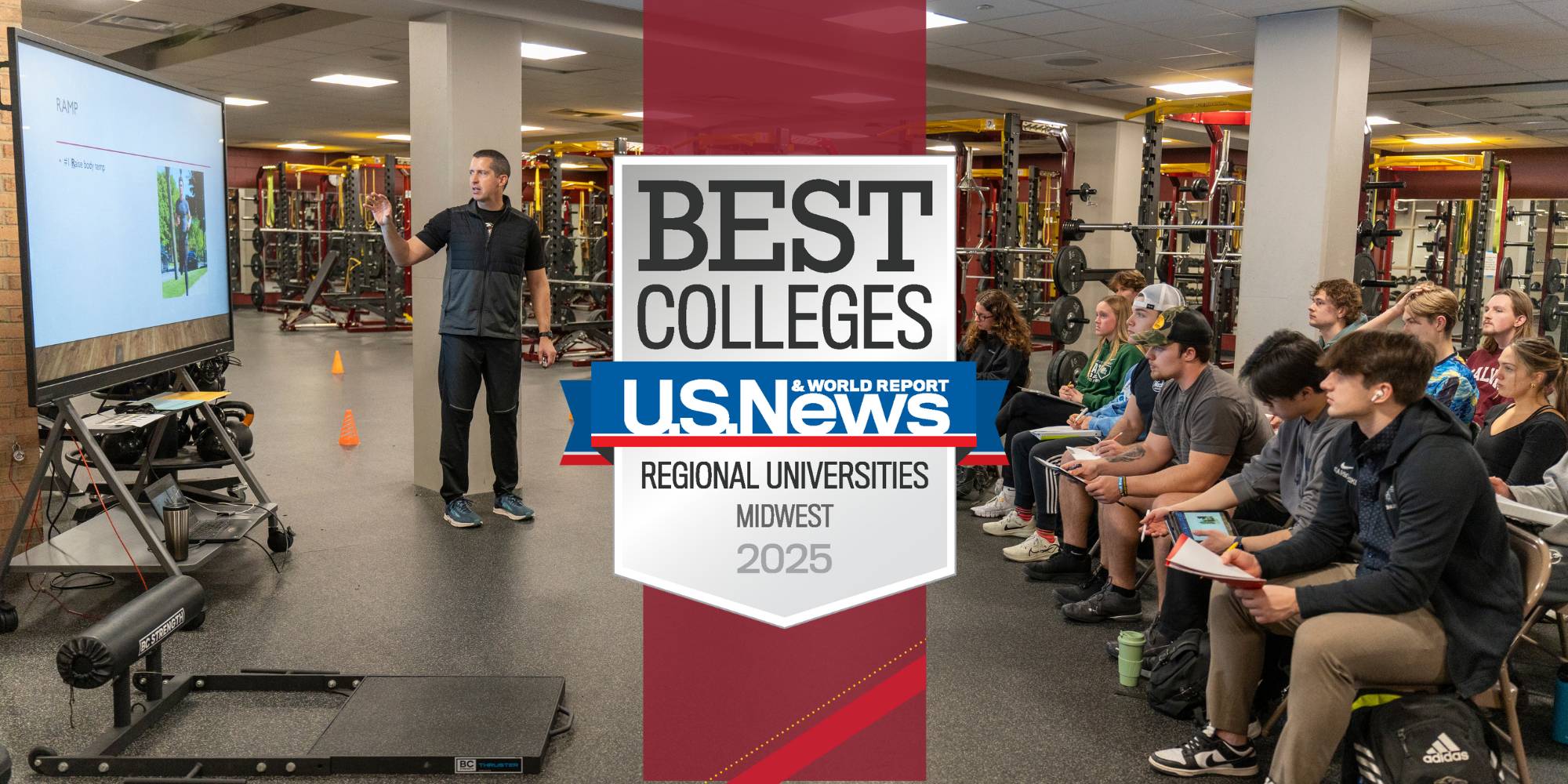Bracing for Impact: Wind Expert says Hurricane Debris Poses Serious Threat

Fred Haan, professor of engineering at Calvin University, spent the past year on sabbatical gaining a better understanding of the effects debris has during a high-wind event.
For 30 years, Professor Fred Haan has been studying wind’s effect on structures. His research primarily involves the wind tunnel testing of buildings and structures both for hurricanes and tornadoes. In fact, he spent this past year on sabbatical at Western University in London, Ontario, considered to be the birthplace of this kind of wind tunnel testing. There, he gained a better understanding of the effects debris has during a high-wind event.
Haan’s experience also includes surveying areas that have been hit by tornadoes and hurricanes to see how structures designed to withstand certain wind speeds behaved.
With Hurricane Milton just hours away from making landfall, we sat down with Haan, an engineering professor at Calvin University, to discuss what we might expect from this massive weather event.
Some areas that are in the path of Hurricane Milton were recently ravaged by Hurricane Helene. What concerns do you have with a potential double-whammy scenario? Does that add another layer to consider?
It can. In terms of structures, one significant thing that happens to buildings in hurricanes is that you get water intrusion into the building. So, sometimes you can have a situation where the building looks fine on the outside, like the roof hasn’t ripped off or the walls are still intact, but water has been forced in, the air pressure has forced it in through soffit vents or around the edges of windows, forcing water into the building. Or there has been some damage, maybe small damage and water has gotten in and with such a short amount of time between the last hurricane and this one there’s going to be a lot more water coming in.
A lot of structures may look fine, but it’s the water that gets inside that does so much damage. So, if you had a tree fall on your house (during Helene) and it punched a hole in the roof, it’s quite likely it hasn’t been fixed yet, and so you’re going to get a whole bunch more water in your house. So, I think structurally or from a house standpoint that’s one of the most important things to consider with another hurricane coming so fast after the other one hit.
With debris still not cleaned up following Helene, what impact will that have on structures as Milton rolls in?
Any time you have stuff outside that can become a projectile that’s massively dangerous. When a tornado is on its way or when a hurricane is on its way, anything that you add to the potential debris flying around is very dangerous.
Sometimes people say that the strength of a neighborhood is only as strong as its weakest house, because once the weakest house goes that house generates a lot of debris that can puncture windows, puncture doors. You can just punch holes in houses with debris, and if you just added to the debris field—the potential amount of debris—I think the possibility of a lot more damage is high.
As Milton approaches Florida, how significant a factor is it if the wind speed’s projection is 10 m.p.h. higher or lower than the current projection at landfall?
Well, it’s significant, because the damage, the pressure, the force that the wind is exerting on a building goes by the square of the velocity. So, if the wind speed is 10 m.p.h. you get a certain amount of force and if the wind speed is 20 m.p.h. you get four times the force, not just double. So, it gets big in a hurry, and as you keep going up the wind speed, the force that the wind is giving you rises a lot faster. So, it is significant.
How are the structures in Tampa and St. Petersburg, which seem to be in the direct path of the storm, setup to withstand the projected wind speeds and storm surge?
That’s an interesting question, because there’s different categories of buildings. There are buildings which are called engineered structures, so that would be anything like an office complex or an industrial building or a commercial building, or something like that. Those are designed by engineers for specific wind speed and for specific types of hurricane events. Other structures, like houses and smaller scale things, those are not typically engineered structures, those are covered by code practices, and so they have to follow a particular code when they are built, and depending on when they were built, they may have this code, or they might have that code, or they might have that code. And a lot of people do a lot of research on this code change that happened after Hurricane Andrew for example in 1992, how much did that affect things? And how much did the code change that happened in 2010, how did that affect resilience to hurricanes like this, but when you hit an area like Tampa, I’d say the engineered structures are probably mostly going to be fine, and there’s a whole range of structures out there that were built at different times that could have very different responses to the storm.









